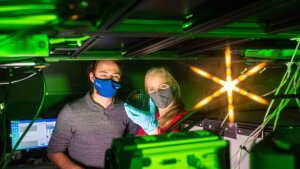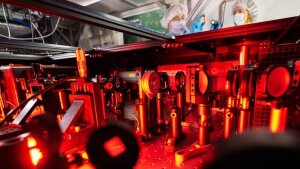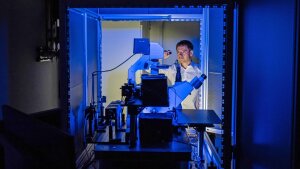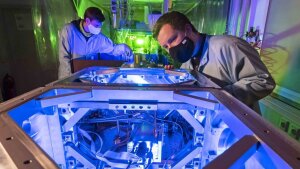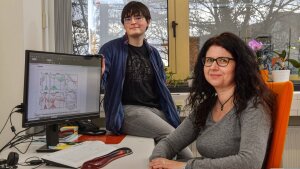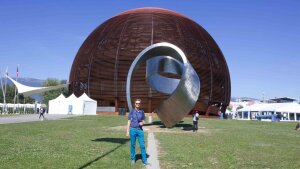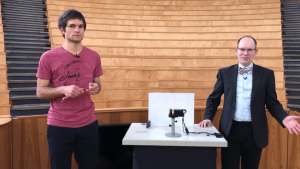Nonlinear optics is a man-made branch of physics: If we hadn’t developed high-performance lasers, we wouldn’t be able to gather enough protons to combine with electrons and form collective oscillations; and if we didn’t have the intensity of femtosecond laser pulses, we would barely be able to generate light waves with a field strength high enough to make the matter itself glow, to change the colour of light and to stimulate high harmonic oscillations through interactions with charge carriers. Teams of researchers from the University of Jena are investigating these interactions between light and matter at a collaborative research centre known as "Nonlinear Optics down to Atomic Scales". They are particularly interested in finding out what happens when intense laser light hits individual atoms and tiny nanostructures, thus opening a new window into the nanoworld.
Editorial
Notice
Articles identified by name do not have to correspond with the views of the publisher and the editorial team. The signatories are responsible for the content. For better readability, we have sometimes only used the masculine language form in the articles. However, all genders are equally addressed with the chosen phrases.




